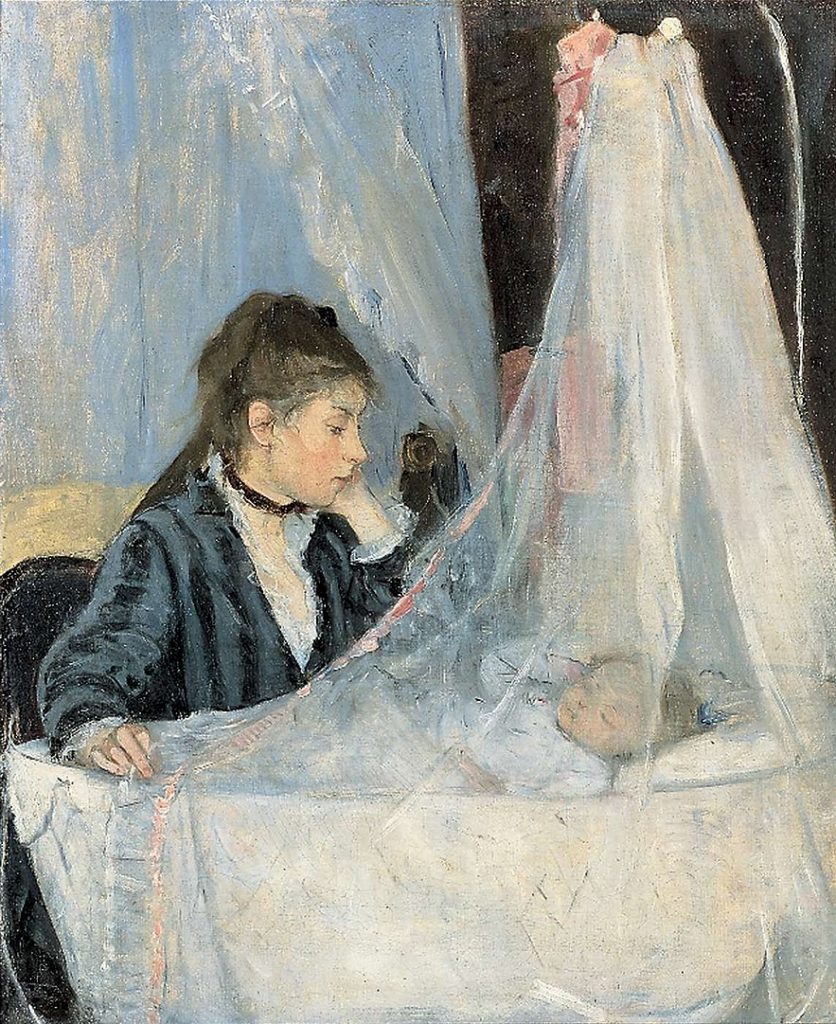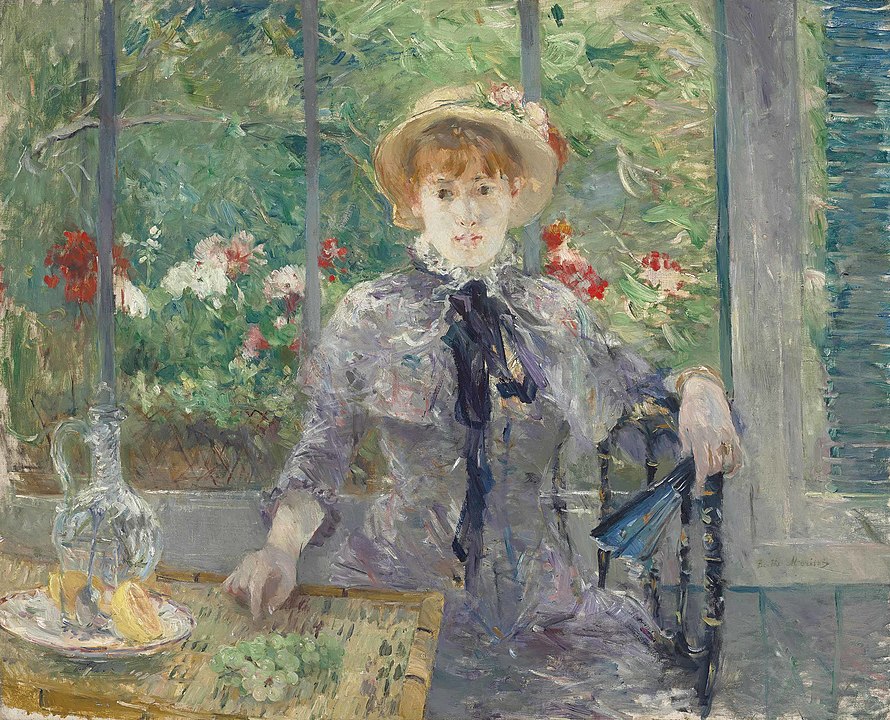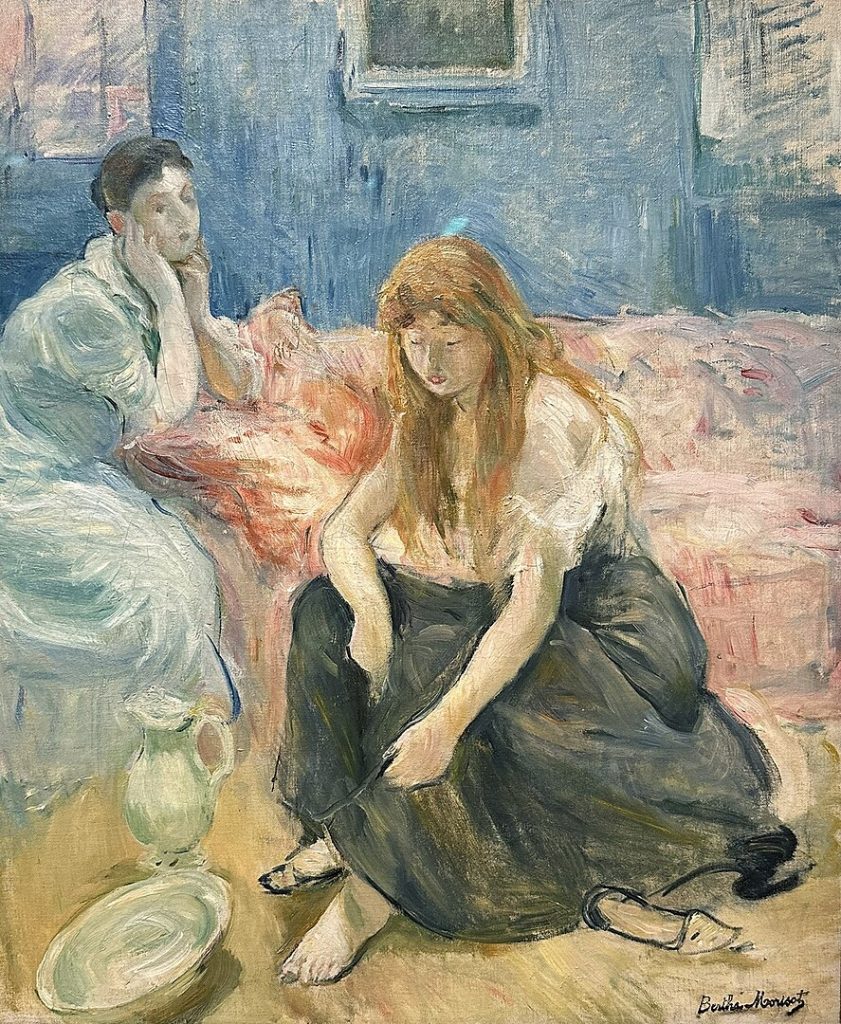

Berthe Morisot (1841-1895) was a French painter and a key figure in the Impressionist movement of the late 19th century. She was born on January 14, 1841, in Bourges, France, into a wealthy bourgeois family. Morisot displayed an early interest in art and received private lessons from various artists.
In 1864, Morisot began to exhibit her work at the Salon, the official art exhibition of the Académie des Beaux-Arts in Paris. However, she soon became dissatisfied with the traditional constraints of the Salon and found a more progressive and experimental approach in the emerging Impressionist movement.
Morisot was closely associated with other prominent Impressionist artists, including Édouard Manet, who became her brother-in-law when she married his brother, Eugène Manet, in 1874. The Morisot-Manet connection provided her with access to the influential Parisian art circles of the time.


As one of the few female members of the Impressionist movement, Berthe Morisot faced societal and institutional challenges. Nevertheless, she persisted in pursuing her artistic career and became known for her depictions of domestic scenes, landscapes, and portraits, often featuring women in everyday settings. Her loose brushstrokes, use of light, and emphasis on capturing the fleeting effects of color and atmosphere are characteristic of the Impressionist style.
Morisot participated in the Impressionist exhibitions from 1874 onwards, contributing to seven out of the eight exhibitions held between 1874 and 1886. She also had solo exhibitions and gained recognition for her work. Despite the societal norms of her time, Morisot’s art was well-regarded, and she enjoyed commercial success during her lifetime.


Berthe Morisot continued to paint until her death on March 2, 1895, in Paris. Her contributions to the Impressionist movement and her role in challenging traditional gender roles in the art world have since been acknowledged and celebrated. Today, her works can be found in major museums and collections worldwide, testifying to her lasting impact on the history of art.







